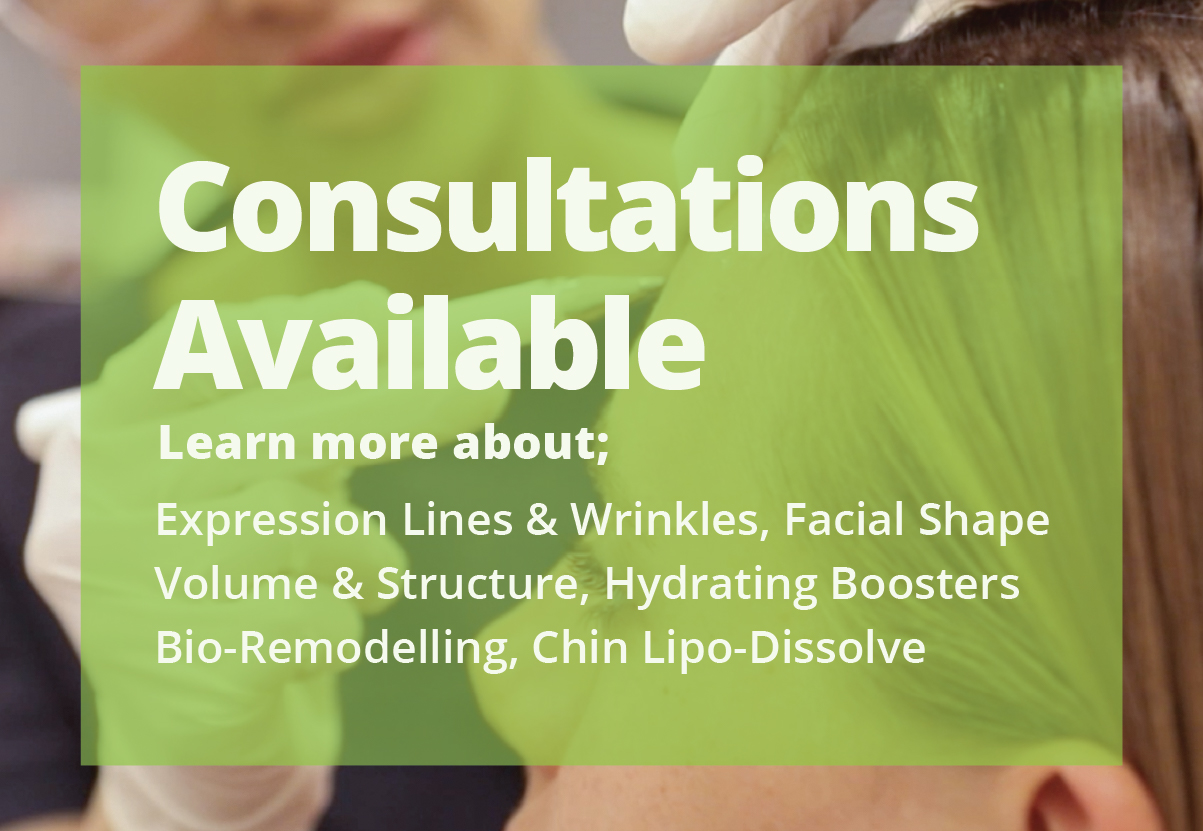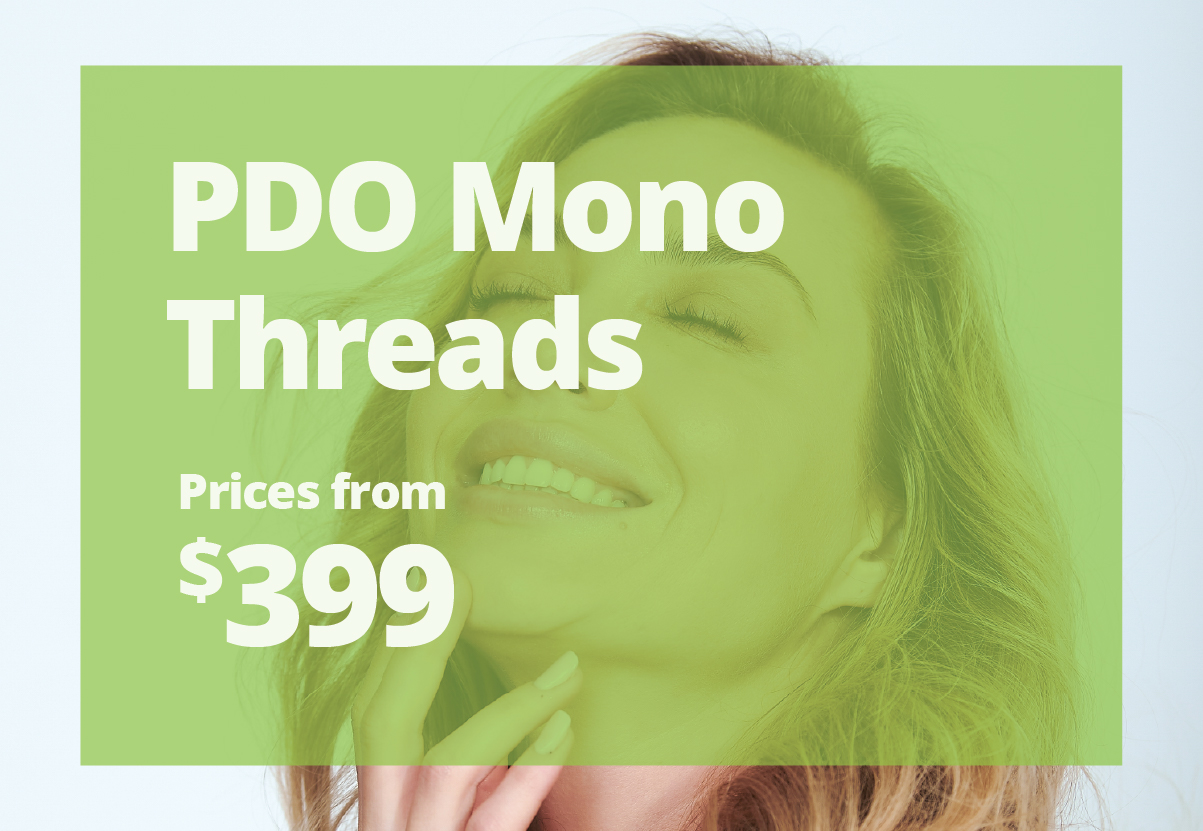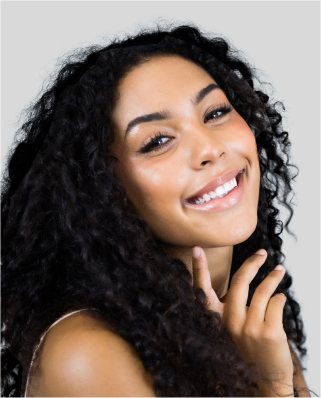Exosome Therapy and Skin Needling: Future of Skin Renewal
Get in touch with us
Did you know that exosome therapy, and skin needling are emerging treatments? When combined, it’s a promising way to meet skin goals. From minimising the appearance of wrinkles, fine lines, acne scarring to hyperpigmentation. Providing the opportunity for complete skin rejuvenation.
See why combining these treatments is on the rise:
What is Exosome Therapy?
This new skin therapy leverages the power of your naturally occurring healing process. Known as exosomes, these are small sized skin vesicles produced by cells.
These little messengers communicate with each other, carrying factors important for tissue repair. This ranges from proteins, growth factors to RNA’s. By doing so, these can boost the skin’s healing and regeneration process.
How Long Thread Lifts Last?
Get in touch with us
Consider a Facial Thread Lift? What to Expect, How It Works, and What Can Influence the Outcome
What Is a Thread Lift?
A facial thread lift is a non-surgical cosmetic procedure performed by a qualified health professional. It involves the precise placement of dissolvable threads just beneath the skin to gently support facial structures and stimulate natural collagen production over time.
The intended result? A subtle enhancement in skin firmness and facial support—with minimal downtime for most individuals.
Is Laser Hair Removal Safe for All Skin Types? A 2025 Guide
Get in touch with us
Laser hair removal continues to evolve, and as of 2025, it is safer and more effective for all skin types than ever before. Historically, darker skin tones faced limitations due to higher melanin content, but advances in laser engineering and treatment protocols now make permanent hair reduction accessible for everyone, from the fairest to the darkest complexions.
How Technology Has Improved Safety Across Skin Tones
Established Devices Still Leading the Market
While the core technologies—like Candela’s GentleLase Pro, GentleMax Pro, and GentleYag Pro—have been in use for years, continued refinements have improved safety, comfort, and speed. The most effective devices today offer:
- Dual-wavelength capabilities (755nm Alexandrite & 1064nm Nd:YAG)
- Advanced cooling systems (such as Dynamic Cooling Devices and sapphire contact cooling)
- Variable pulse durations tailored to hair and skin type
- Customizable energy settings for optimal safety
These features enable safe and precise treatment for a wide range of skin types, especially when used by trained professionals.
What Is The White Stuff That Comes Out of A Blackhead?
Get in touch with us
You’ve seen blackheads before—commonly found on your nose—but what exactly is that white stuff that comes out of a blackhead or pimple? More specifically, what’s the hard white stuff in pimples? Not to fear, we’re here to help you understand this skin mystery and guide you on your breakout-free journey by presenting the 3 commandments of Blackhead Banish 101.
1. PICK: your skin battles
As tempting as it might be, popping blemishes never does your skin any good. Squeezing blackheads or pimples can push inflammation deeper beneath your skin and reintroduce bacteria into the open wound.
Blackheads form when an open comedone becomes filled with skin debris and oil. Exposure to air causes oxidation, turning this mixture dark brown. Contrary to popular belief, it’s not dirt that’s trapped in your pores but old skin cells and sebum. Whiteheads, on the other hand, form when these contents remain beneath the skin surface without exposure to air.
But what is the hard white stuff in pimples exactly? That white, hard material you see when popping pimples is primarily pus—a mixture of dead white blood cells, bacteria, and debris. Pus is essentially your body’s response to infection or irritation caused by clogged pores. Although it might seem tempting to remove this material yourself, it’s best left untouched, as the skin will typically heal on its own.
However, effective skin treatments like the Acne Beta Peel can significantly reduce inflammation and minimise future breakouts by exfoliating gently and clearing pores deeply.
It’s also crucial to avoid harsh cleansers and rough exfoliants, as they can further irritate the skin. Such irritation may cause your skin to increase sebum production in compensation, ultimately clogging pores and forming even more pimples and blackheads.
Instead, opt for gentle treatments like the Acne Peel, which utilises the powerful combination of salicylic and dioic acid to target acne effectively. This skincare dream team helps clear existing breakouts while reducing the likelihood of new ones, leaving your skin clear, healthy, and breakout-free.
How to remove blackheads: DIY or skin treatments?
Get in touch with us
With Spring making a return soon, discover whether DIY or skin treatments are the better option in your blackhead removal journey to pore-fection!
What are blackheads and how are they formed?
When your skin is clear, the openings around a hair follicle are free from dead skin cells, allowing the production of oil to flow to the surface normally. Blackheads are formed when the opening around a hair follicle is clogged with dead skin cells and sebum(oil). What you should never do with blackheads
- Use abrasive cleansers and exfoliants as your skin can be irritated further
- Squeeze blackheads as the inflammation can be pushed deeper back into your skin and eventually cause scarring
Acne types
Get in touch with us
Let’s make this clear – while your skin might not be clear at the moment, there are ways of tackling different acne types – let’s get your blemishes under control. You may think that acne only occurs when someone’s face is covered in painful looking pimples but that’s not the case! With 85% of Australians aged 18-24 years old having some form of acne, you’re not alone! Mild, non inflammatory types of acne include:
1.Blackheads
Contrary to popular belief, blackheads are filled with excess oil and dead skin cells, NOT dirt.
2.Whiteheads
Occur when skin cells and excess oil prevent a hair follicle from opening.
3.Comedonal acne?
Comedonal acne appears as small skin coloured bumps most commonly found on the forehead or chin. These bumps can often be treated with topical solutions – however skin treatments such as Microdermabrasion are effective to deeply exfoliate, clear away dead skin cells and even out your skin’s texture to prevent future breakouts. Moderate to severe types of acne include:
1.Papules
Left untreated, comedones can become inflamed as excess oil and dead skin cells clog up your pores. This results in papules.
2.Pustules
Appear as a whitehead surrounded by a red ring around a bump usually filled with white or yellow pus.
- Nodules
Are large inflamed bumps that feel firm to the touch and develop deep beneath the skin.
- Cysts
Similar to boils, they’re pus filled lesions.





















